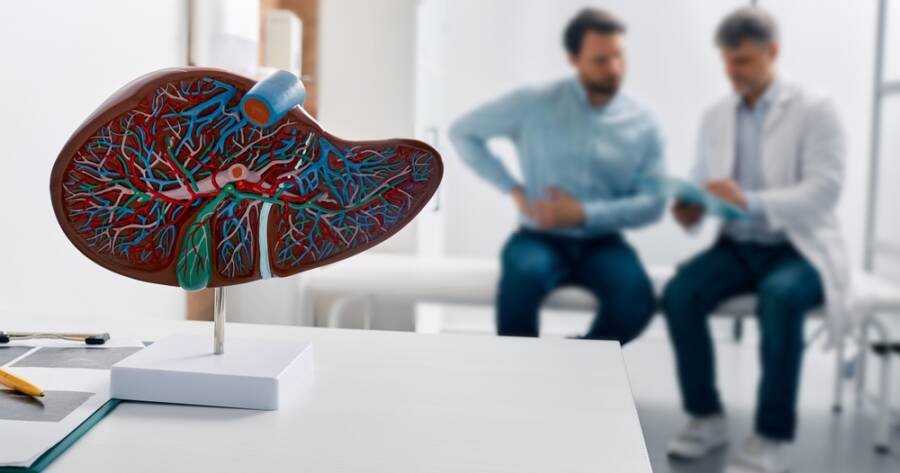Nonalcoholic steatohepatitis (NASH) represents an advanced stage of nonalcoholic fatty liver disease (NAFLD) marked by escalating risks of liver scarring and cirrhosis. Effective management hinges on accurate diagnosis and implementing lifestyle changes, such as weight loss and exercise. Exploring both conventional and emerging treatments, including alternative therapies and clinical trials, is crucial in combating NASH, offering promising pathways for improved liver health and patient outcomes.
Understanding NASH Liver Disease
Nonalcoholic steatohepatitis (NASH) is an advanced form of nonalcoholic fatty liver disease (NAFLD) characterized by liver inflammation and damage due to fat accumulation. While NAFLD generally remains benign, as it progresses into NASH, the risk of liver scarring and cirrhosis significantly increases.
Diagnosing NASH is critical. A combination of liver enzyme tests, liver function tests, imaging, and sometimes a liver biopsy is performed to detect the disease properly using advanced techniques. Once diagnosed, managing lifestyle factors becomes a pillar of effective treatment for NASH.
First-Line Treatment Strategies for NASH
Weight loss is the primary method of treatment for NAFLD and NASH, necessary for reducing fat in the liver, decreasing inflammation, and preventing further liver damage. Achieving at least a 7% to 10% reduction in body weight can help significantly reduce liver fat and improve liver health.
Weight-loss surgeries, like bariatric surgery, might be recommended if lifestyle changes are not enough. Medications are currently in development to specifically target liver scarring in NASH; however, they are recommended predominantly for non-cirrhotic conditions.
The Role of Lifestyle Modifications
A regimes based on dietary changes and increased physical activity are essential for managing NASH. Diets low in carbohydrates and fats but rich in fiber from fruits, vegetables, and whole grains can benefit liver health.
Reducing or eliminating the intake of sugary and high-fat foods is emphasized. Moreover, engaging in at least 150 minutes of moderate-intensity exercise per week is generally recommended for optimal liver health.
Exploring Alternative and Complementary Treatments
While traditional treatments are common, some research explores the efficacy of alternative treatments like vitamin E and caffeinated coffee as beneficial for NAFLD and NASH. However, these should be approached cautiously and typically under medical supervision due to potential risks associated with supplementation.
Patients are also encouraged to avoid alcohol, which can further harm the liver, and to consult healthcare providers before using any herbal supplements, as these may pose additional risks to liver health.
Emerging Research and Clinical Trials
Institutions worldwide, including the Mayo Clinic, are conducting ongoing clinical trials that investigate new therapies, interventions, and diagnostic tools for NASH. This ongoing research aims to improve outcomes for patients. While current medications are limited, emerging drugs like Resmetirom are showing promise in reducing liver scarring without the risks of cirrhotic complications. Participating in such studies can provide access to novel treatments and contribute to a broader understanding of effective strategies to combat the disease by advancing medical knowledge.
Why You Should Learn More About NASH Today
Liver health is vital to overall well-being, and understanding diseases like NASH can lead to better health outcomes. With growing insights from current research and trials, patients can have better prospects through informed lifestyle choices and timely interventions.
Exploring both traditional and emerging treatments offers the best approach to managing and potentially reversing the progression of NASH. Staying informed about new developments, while implementing recommended lifestyle changes, is key to maintaining liver health and preventing complications associated with NASH through comprehensive management strategies.
